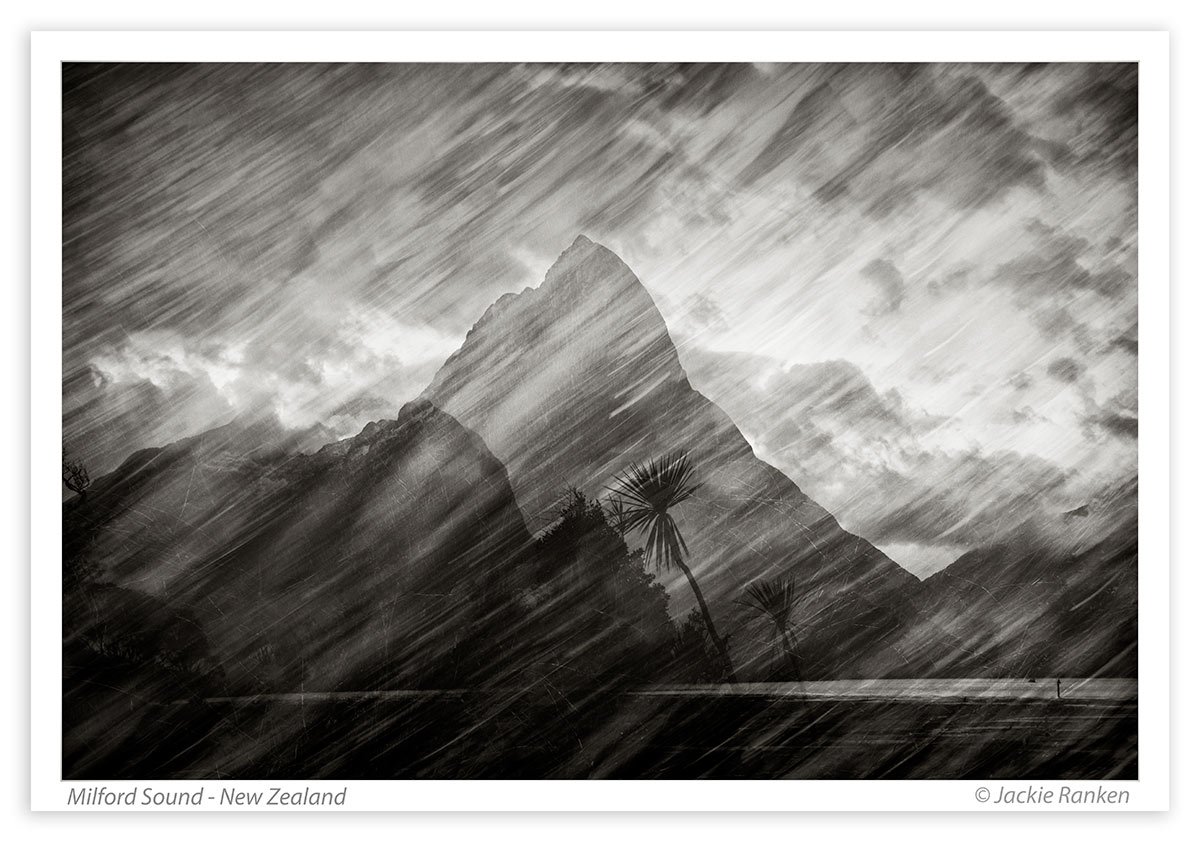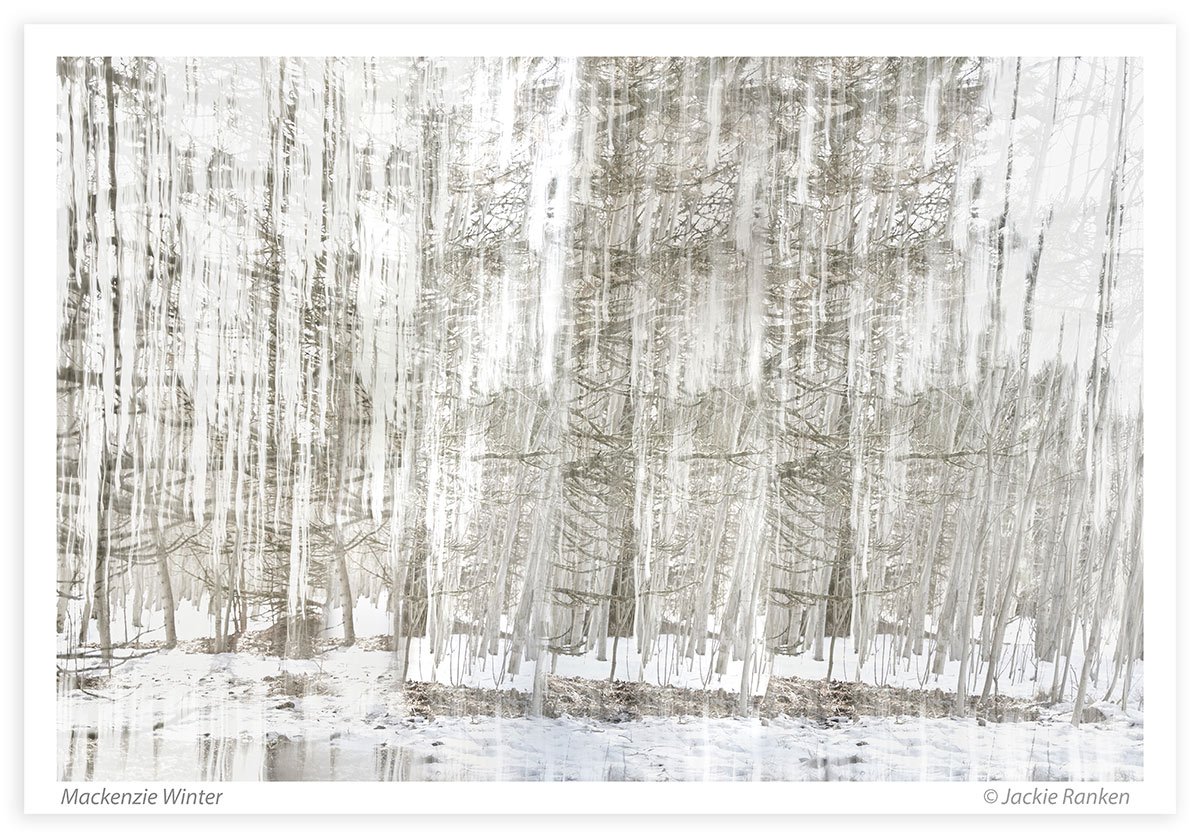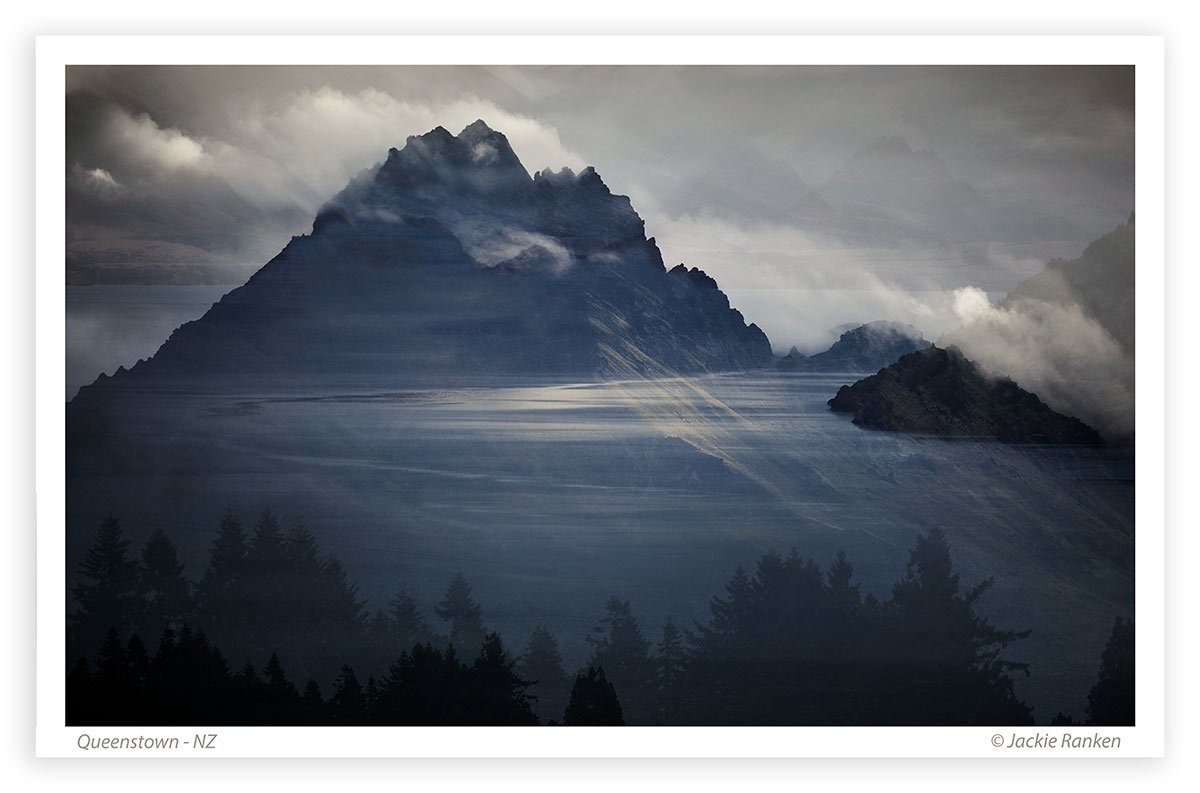Make the most of your Photography Workshop with us
Jackie Ranken
Making the Most of Your Photography Workshop
Photography workshops challenge, inspire, and reward you with knowledge that lasts a lifetime. They connect us through shared experiences, offering unique perspectives on the same subject. Each participant captures different parts of the landscape in their own way, making it a wonderful opportunity to support one another, have fun, and make new friends.
However, it's not all fun all the time. There may be moments when you feel lost or out of ideas. Despite these challenges, workshops can push you out of your comfort zone and encourage you to take photographs you might not have tried otherwise.
Here are some tips to make the most of your photography workshop:
Before the Workshop Starts
Check Your Gear: Ensure all your equipment is in working order, including batteries, memory cards, lenses, and any other accessories you plan to use.
Prepare Mentally: Turn up with a clear mind, leaving behind fears and worries. Bring your awareness to your feelings and thoughts.
During the Workshop
Stay Present: When you arrive at a location, clear your mind, take a deep breath, and focus on what attracts your eye.
Practice Techniques: If nothing immediately catches your attention, use the opportunity to practice a photography technique. This is what workshops are for – learning new skills suited to the subject at hand.
Mindfulness: Don’t worry about the outcome. Concentrate on the task at hand and go through the steps mindfully. Carefully navigate your camera menus so that with practice, you can find what you need quickly when time is of the essence.
Additional Tips
Engage with Others: Take advantage of the communal environment. Engage with fellow participants and instructors to share ideas and gain feedback.
Experiment: Don’t be afraid to experiment with different settings, compositions, and subjects. Workshops are a safe space to try new things without the pressure of perfection.
Take Notes: Keep a notebook handy to jot down tips, techniques, and ideas that you learn throughout the workshop. This will help reinforce your learning and provide a reference for future shoots.
Ask Questions: Don’t hesitate to ask questions, no matter how simple they may seem. Instructors are there to help, and your fellow participants might have the same queries.
Review Your Work: Take time to review your photographs during the workshop. This will help you see your progress and identify areas for improvement.
By following these tips, you can maximize the benefits of your photography workshop and leave with new skills, ideas, and a sense of accomplishment. Remember, the goal is to learn and enjoy the process, not just to take perfect photos.







